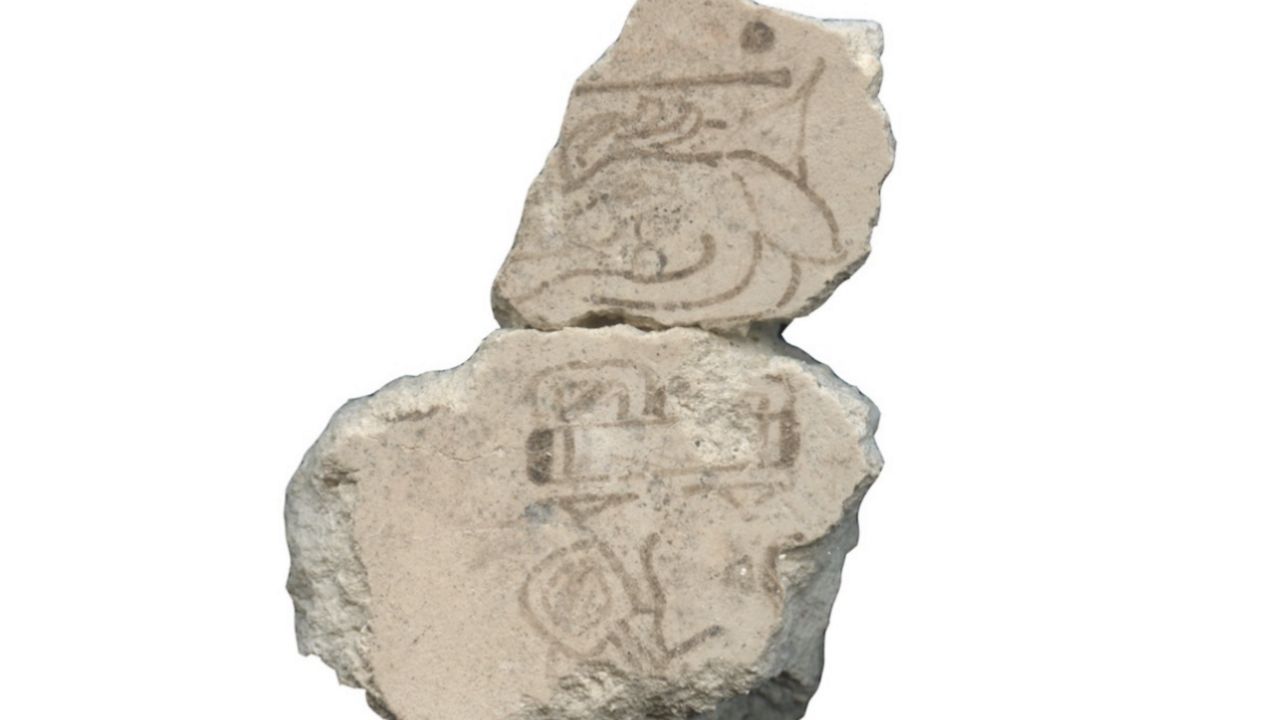AUSTIN, Texas — Researchers at the University of Texas at Austin discovered the earliest known evidence of the Maya calendar in San Bartolo, Guatemala.
At an excavation site in San Bartolo, the research team uncovered two fragments that, when put together, formed the notation “7 Deer.” UT Austin states the pieces are older than any other previously obtained evidence of the Maya calendar, as it dates back more than 2,000 years to 300 B.C.
According to UT Austin, the fragments belong to the Maya divination calendar — also used by other Mesoamerican cultures, including the Aztecs. It’s still in use to this day. Outlasting a century of conquests and a near 40-year Guatemalan civil war, it all goes to show the lengthy history of “Maya intellectualism,” said UT Austin.
“The Maya calendar is one of the most distinctive and well-known features of the culture and of traditional Mesoamerican peoples. It was in use for centuries before the arrival of Europeans, and some of it is still being used among indigenous Maya communities in Guatemala,” said David Stuart, a professor of art history who discovered the fragments. “But its origins have long been murky. The discovery of the painted fragment at San Bartolo allows us to establish a good date of 300 B.C., which is far earlier than any date we had before.”
In the journal Science Advances, a study shows the 7 Deer day record is vital to comprehending the creation of the 260-day divination calendar. As an important element of indigenous Maya identity in many modern-day communities, the calendar has set a good basis for understanding the origins of Mesoamerican writing, science and religion.
As well as finding the calendar, researchers came upon 10 other text fragments that showed established writing tradition, multiple scribal hands, and murals combining texts with images from an early ritual complex. Back in 2001, Stuart was also part of the team that discovered the site of San Bartolo.
“Before this, many assumed that the Maya simply borrowed an older system from other nearby cultures. Now we know they had it as early as anyone else, if not earlier,” Stuart said. “The Maya were key players in the development of Mesoamerica as a whole.”
Also, recently, Stuart’s research was published as part of Archaeology magazine’s “Top 10 Discoveries of 2022.”



